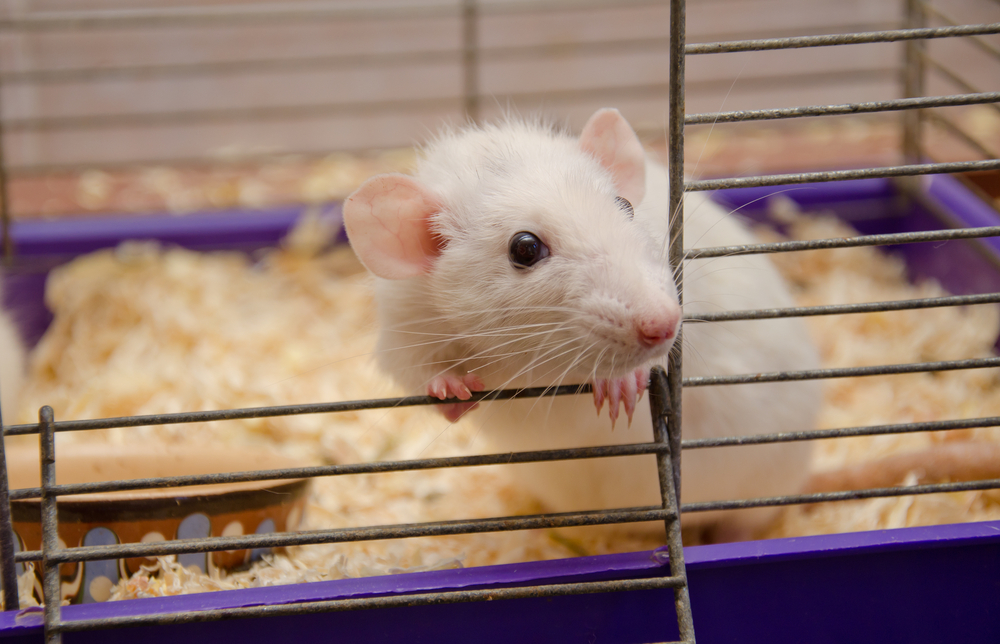Cushing’s-derived Insulin Resistance Driven by Macrophages in Gonadal Adipose Tissue, Study Reports

A type of immune cell called a macrophage in the gonadal fat tissue may be key in glucocorticoid-induced insulin resistance in patients with Cushing’s syndrome, according to a mouse study.
The study, “Glucocorticoid-induced insulin resistance is related to macrophage visceral adipose tissue infiltration,” appeared in the Journal of Steroid Biochemistry and Molecular Biology.
Similar to people who use glucocorticoid medications for long periods, patients with Cushing’s syndrome show insulin resistance and fat accumulation in certain areas of the body, such as the abdomen or the face.
Glucocorticoids are involved in a number of metabolic processes, and studies suggest that visceral fat accumulation could be linked to the manner through which glucocorticoids cause insulin resistance, glucose intolerance, abnormal lipids levels, and accelerated atherosclerosis (narrowing of the arteries).
Obesity is characterized by low-grade inflammation associated with the accumulation of macrophages in adipose tissues, which, in turn, contribute to insulin resistance. Though the links between glucocorticoids, weight gain, and fat accumulation are well-known, data on the role of glucocorticoids — which have global anti-inflammatory properties — in the activation of macrophages to a pro-inflammatory state, particularly in visceral fat, are scarce.
Aiming to address this gap, a research team from France administered corticosterone — the rodent analogue of cortisol — in the drinking water of mice over a maximum of eight weeks. They then conducted blood glucose, body weight, and body mass composition measurements.
Locomotor activity, insulin tolerance, and levels of plasma triglycerides, free fatty acids, and cholesterol and pro-inflammatory molecule interleukin (IL)-6 were also among the analyzed parameters.
Results showed that corticosterone led to weight gain as early as four weeks after the treatment started, which was associated with reduced locomotor activity rather than increased eating. Corticosterone also doubled water intake and caused systemic insulin resistance, abnormal lipid levels, and high blood sugar.
Mice receiving corticosterone also showed high 11beta-Hsd1, an enzyme that converts inactive glucocorticoids into active ones, as well as higher amounts of corticosterone in fat depots. Levels of glucocorticoid receptor and hexose-6-phosphate dehydrogenase — which determines 11beta-Hsd1 activity — were only elevated in gonadal adipose tissue, suggesting that glucocorticoids may affect various fat locations in the body differently.
Accordingly, higher expression of key genes implicated in adipogenesis — the formation of mature adipocytes, or fat cells — and lipogenesis — the generation of fatty acids and triglycerides — was also restricted to gonadal adipose tissue.
Data further showed that enlarged adipocytes in both visceral and under-the-skin depots resulted from reduced breakdown of triglycerides due to corticosterone.
To the researchers’ surprise, glucocorticoids induced macrophage infiltration in all adipose tissues within one week, which preceded mass gain and adipocyte enlargement. Additionally, glucocorticoids acted directly on macrophages to induce a predominantly anti-inflammatory-like phenotype.
In turn, macrophage depletion in gonadal fat lowered the anti-inflammatory macrophage content and partially restored insulin sensitivity in mice.
These results suggest that anti-inflammatory macrophages in gonadal adipose tissue “are likely involved in [glucocorticoid]-induced insulin resistance, and thus represent a relevant target to reduce the metabolic adverse effects of these steroids,” the scientists wrote.






